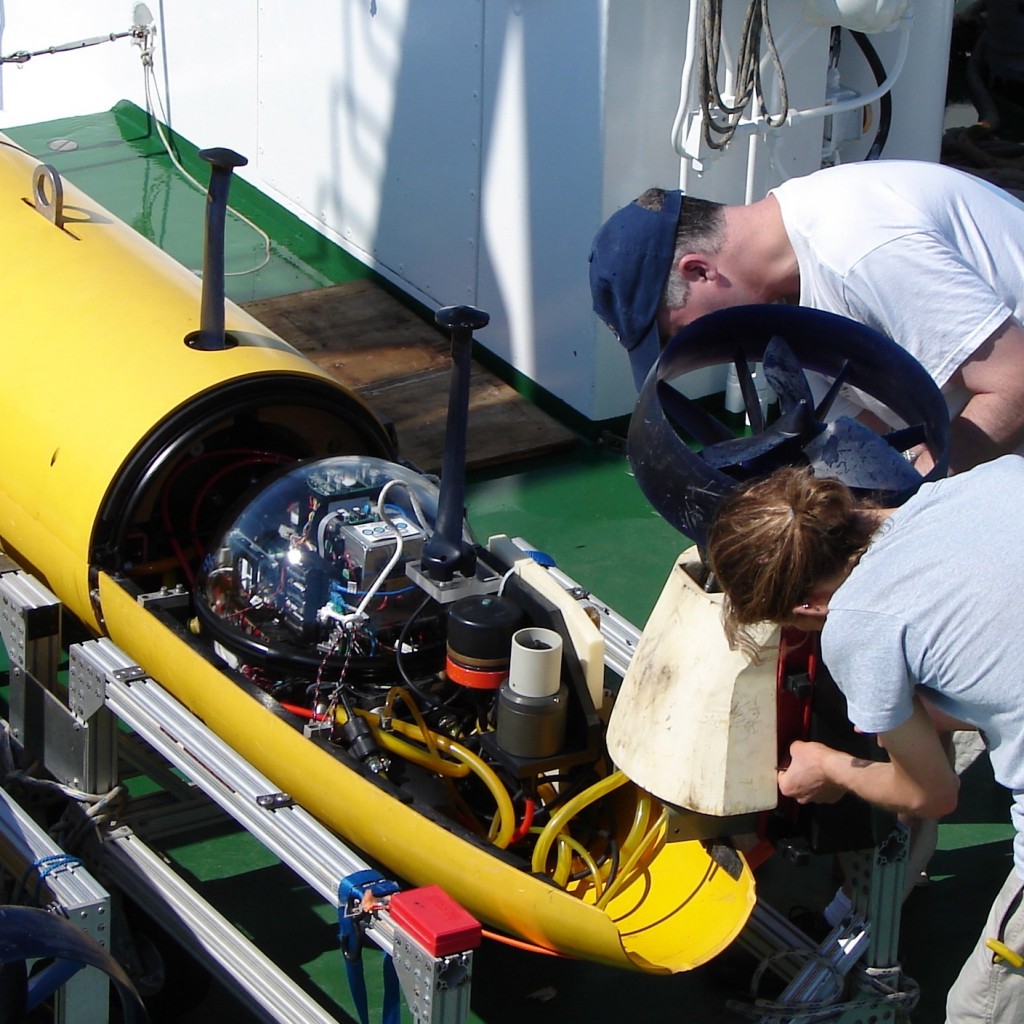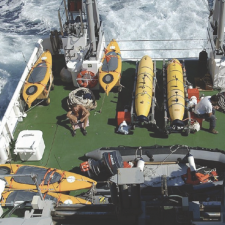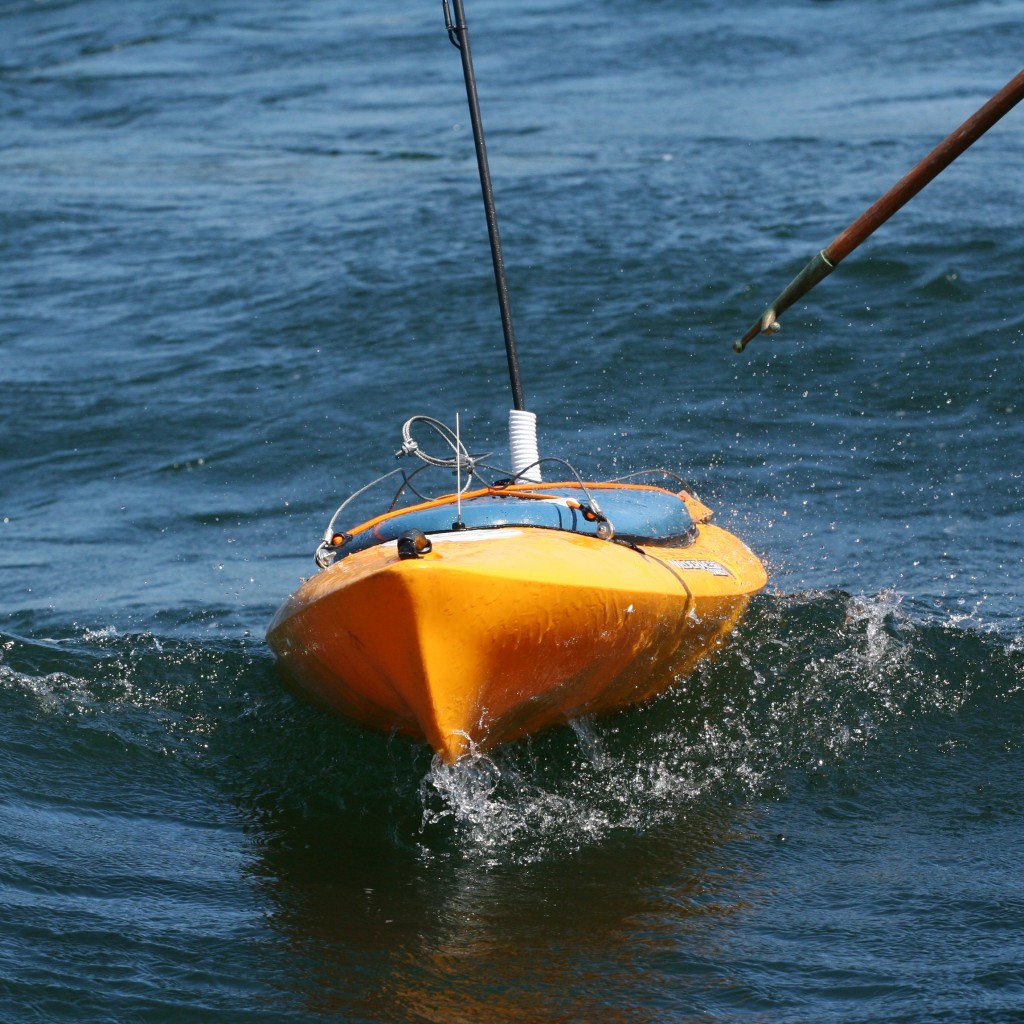Ocean Engineering
Technology that Advances Oceanography
The ocean is difficult to work in. We cannot breathe underwater. The pressures in the deep ocean are immense, and there is impenetrable darkness at depth. As a result, scientists know the surface of Mars better than parts of our own ocean floor.
All our efforts at Oceans at MIT depend on devising the tools and techniques necessary to study and make use of the oceans. Our engineers are continually seeking better ways to observe the ocean. Among our efforts, we are working to:
- map the ocean’s physical, chemical, and biological properties—globally and at high temporal resolution
- study its interaction with the atmosphere and with ice
- probe unexplored corners of the ocean
- refine true and tested research methods and develop innovative new ones
Our engineers are discovering new ways to use acoustics to reveal vital facts about the interior ocean and the behavior of undersea life. We are also developing floats, robots, tethered devices, and autonomous underwater vehicles (AUVs) that can survey the ocean while communicating with one another and with computer models.
The ocean is one of the richest — and most underutilized — resources on Earth. We are working on technology that increases our ability to tap it as a resource for food, energy, trade, and tourism—without harmful consequences.
Key Questions We’re Exploring
- How do we build autonomous sensors that enable us to probe unexplored areas of the oceans and inaccessible regions of, for example, the polar oceans?
- How do we cost effectively measure the global distribution of ever-changing physical, biological, and chemical signals in the interior oceans?
- How can the oceans be utilized to improve life on the planet?
- What new technologies will improve safety and reduce pollution in transportation and mineral extraction?









